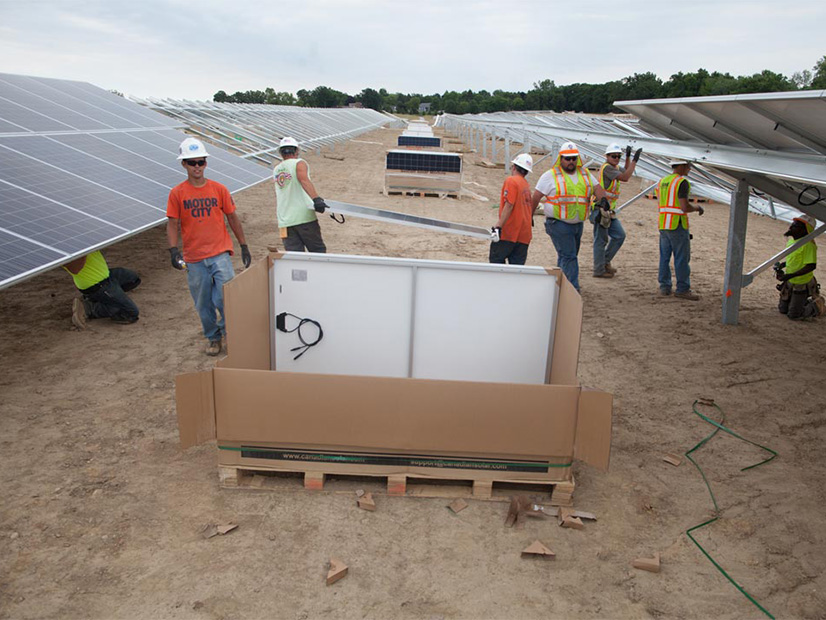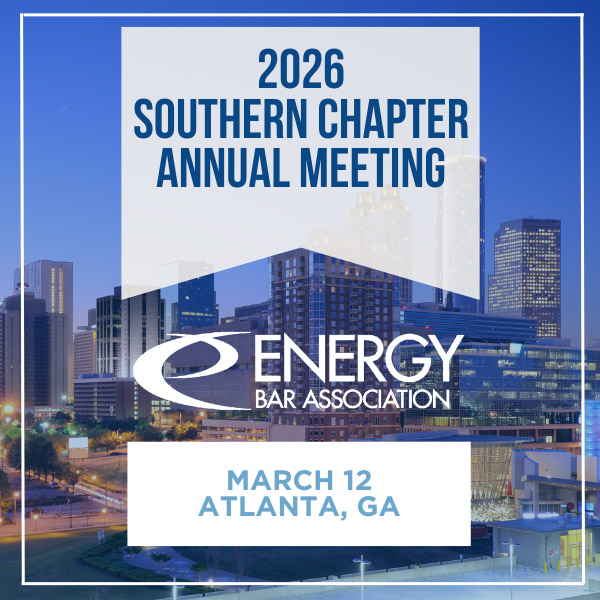MISO members teed up a discussion on the approximately 57 GW of approved but unfinished generation in the footprint that will be a focal point of MISO’s quarterly Board Week in March.
MISO’s Advisory Committee plans to host a discussion titled “Stalled GIAs: Challenges, Inefficiencies, Impacts” at its all-day meeting March 12 in New Orleans. Members will probe the footprint’s growing number of generation projects that have signed generation interconnection agreements (GIAs) but have yet to reach commercial operation.
MISO has said its resource adequacy standing would be less precarious if some of the 57 GW would come online. It has pinned the delay mostly on blocked supply chains.
“While we appreciate the work MISO has done to track the status of projects, there are some other elements that warrant discussion to get a full picture of this topic,” NextEra Energy’s Erin Murphy said.
MISO first reported in 2023 that it was sitting on about 50 GW in generation projects that have earned stamps of approval to connect to the system but weren’t completed. (See MISO: Reliability Risk Upped by 49 GW in Approved but Unbuilt Generation.) That number has grown.
MISO and members circulated a list of draft questions for sectors, including naming the leading factors for so many GIAs to become stationary and suggesting improvements for how to get projects unstuck and prevent that from happening in the future. The list also asked members to evaluate to what extent MISO’s proposed, fast-tracked interconnection queue lane might help.
Advisory Committee leadership will take members’ suggestions on the draft discussion starters through Feb. 19.
MISO surveyed generation developers over the delays and found they consistently cited supply chain issues on the part of transmission owners as a source of the holdup. Illinois and Indiana lead MISO with the most megawatts signed for but not online.
MISO in late 2024 concluded its members need to bring projects online at an “unprecedented” 17-GW-per-year clip to achieve resource adequacy while decarbonizing the grid. That’s triple the rate members have added per year over the past few years. (See MISO Assessment Calls for 17 GW in New Resources Annually.) However, RTO staff have warned that the generator interconnection queue isn’t the source of guaranteed resource additions that it used to be and that projects could face anywhere from three- to seven-year delays before megawatts materialize on the system after signing their interconnection agreements.



